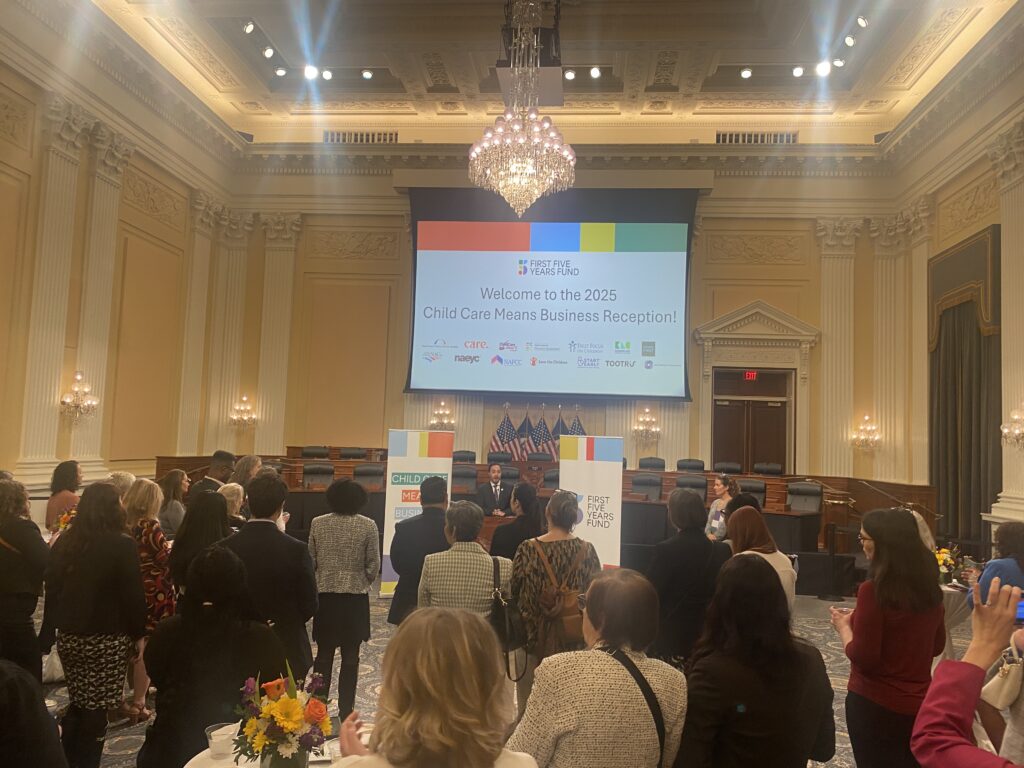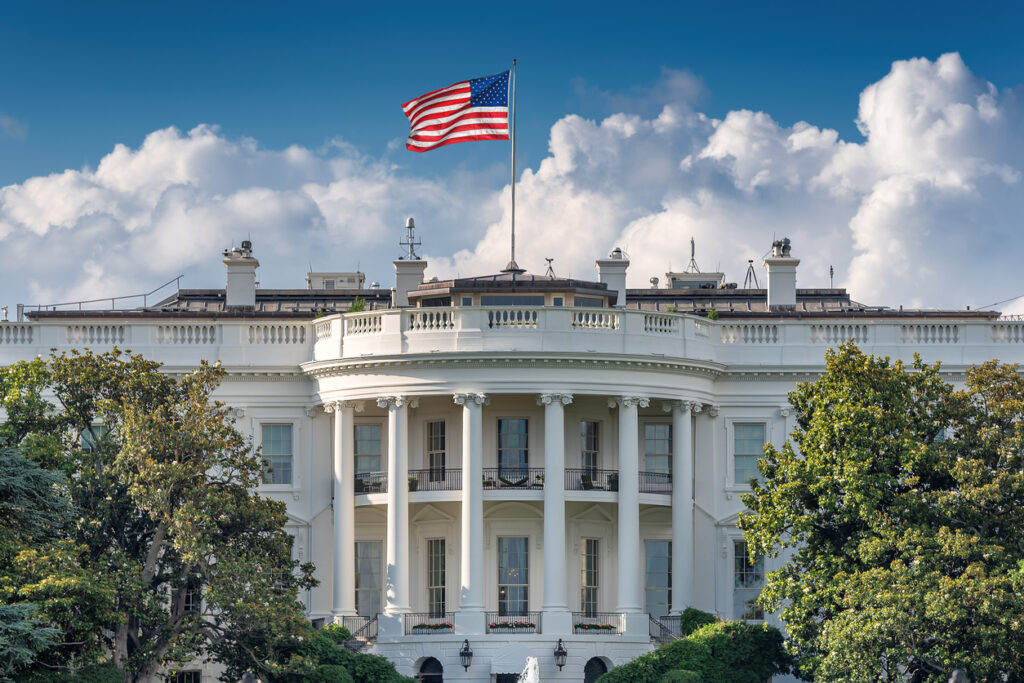125+ Economists and Public Policy Scholars Call for Comprehensive Investments in Child Care and Preschool from Congress

This morning, the Center for American Progress (CAP) released an open letter signed by more than 125 economists and public policy scholars urging that long-overdue, comprehensive investments in affordable, quality child care must be a part of any major economic legislation.
From CAP:
Citing the threat to maternal labor force participation and economic growth, the economists write: “Since the 1990s, child care costs in the United States have grown at twice the rate of inflation. In the intervening decades, we’ve seen American women’s labor force participation stagnate and the U.S. transition from being a leader to a laggard in women’s labor force participation. Child care access is strongly associated with maternal labor force participation, and child care undersupply leads to costly career sacrifices for women. All told, it is estimated that the child care crisis costs the United States $57 billion a year.”
Last week, the House Committee on Education and Labor voted to advance a package of legislative proposals – its portion of the Build Back Better Act – which includes significant investments and reforms to strengthen America’s early learning system and make child care and preschool affordable for all families who need it. After a full committee markup, which included discussion from Democratic and Republican lawmakers about the crucial role of child care and early learning, the committee approved the proposal, which now heads to the House Budget Committee to be combined with other committees’ Build Back Better Act provisions. Additionally, the House Committee on Ways and Means is marking up its own portion of the Build Back Better Act, including $15 billion for child care facilities, funding to establish a Child Care Information Network that offers parents up-to-date information on available child care options, and the establishment of a Child Care Wage Grant program to increase wages for child care providers.
Read the full letter below and online here.
We, the undersigned, agree that long-overdue, comprehensive investments in affordable, quality child care must be a part of any major economic legislation. For decades, American families and in turn economic growth have been held back by the lack of modern care infrastructure, as working families have been forced to choose between work and caregiving, hampering female labor force participation and reducing productivity.
Congress must seize this opportunity to finally support families and unleash economic growth.
Child care impacts maternal workforce participation – constraining economic growth
Since the 1990s, child-care costs in the United States have grown at twice the rate of inflation. In the intervening decades, we’ve seen American women’s labor force participation stagnate and the U.S. transition from being a leader to a laggard in women’s labor force participation. Child care access is strongly associated with maternal labor force participation, and child care undersupply leads to costly career sacrifices for women. All told, it is estimated that the child care crisis costs the United States $57 billion a year in lost earnings, productivity, and revenue. These supply shortages disproportionately impact women, who most-often assume caregiving responsibilities, as well as historically marginalized communities and rural families, significantly weakening many parents’ ability to secure and maintain stable employment. For many aspiring entrepreneurs, especially women, child care costs can be prohibitive.
American families are constrained by unaffordable child care costs
American families faced a bleak child care landscape before the coronavirus pandemic struck, with more than half living in child care deserts, where there isn’t enough child care supply. For those who can find care, a recent analysis of the Survey of Income and Program Participation (SIPP) shows that the typical working family with a child under five spends about $13,000 per year on child care. Lowering child care costs for low- and middle-income families, who can spend between 14 and 35 percent of their income on child care, can relieve the financial pressure on families while promoting better long-term health, educational, and civic outcomes for children. In recent years, the child care subsidy system has been chronically underfunded, reaching only 1 in 7 subsidy-eligible children. These costs hold families back from getting ahead, reaching or staying in the middle class, and generating other economic activity.
Comprehensive investments in quality early learning are needed
As economists and public policy scholars – and for some, as working parents – we support President Biden’s proposal to invest in early childhood, including affordable and accessible child care for infants and toddlers and public preschool. Child care is critical infrastructure that allows parents to work if they choose. Making child care jobs better compensated is key to attracting and retaining skilled early educators, as the median child care worker only earns about $12 an hour and roughly half of child care workers relied on public assistance to make ends meet. And a
recent analysis of the costs and benefits from more than a half century of policy interventions found that investments in children’s health and education provide the highest marginal return on every public dollar spent.
Investment in child care is 50 years overdue
In 1971, Congress passed bipartisan legislation to establish a national system of locally administered child care that would ensure working parents, in particular working women, could count on safe, reliable, and affordable care for their children. Unfortunately, President Nixon’s veto of the Comprehensive Child Development Act set the country on a different path, one in which child care has become a major household expense, accompanied by vastly unequal levels of access, affordability, and quality. Along with other unaddressed challenges, this has held families and the economy back such that for the first time most Americans no longer believe their children will be better off than they are. Fifty years later, we are at a pivotal moment in which policymakers can finally make lasting, necessary changes to the child care system to reduce these long-standing economic inequities.
Now is the time to invest in the millions of low-income and middle-class households who are looking to Washington to find common sense solutions to their everyday problems. Congress supported the immediate relief needs for families and providers of child care, but now it’s time to tackle the long-term solutions that will spur our economy. Lawmakers should come together around the shared goal of supporting working parents, compensating our chronically undervalued child care workers, and building a fair and just child care system for our children and our economy.
Subscribe to FFYF First Look
Every morning, FFYF reports on the latest child care & early learning news from across the country. Subscribe and take 5 minutes to know what's happening in early childhood education.



